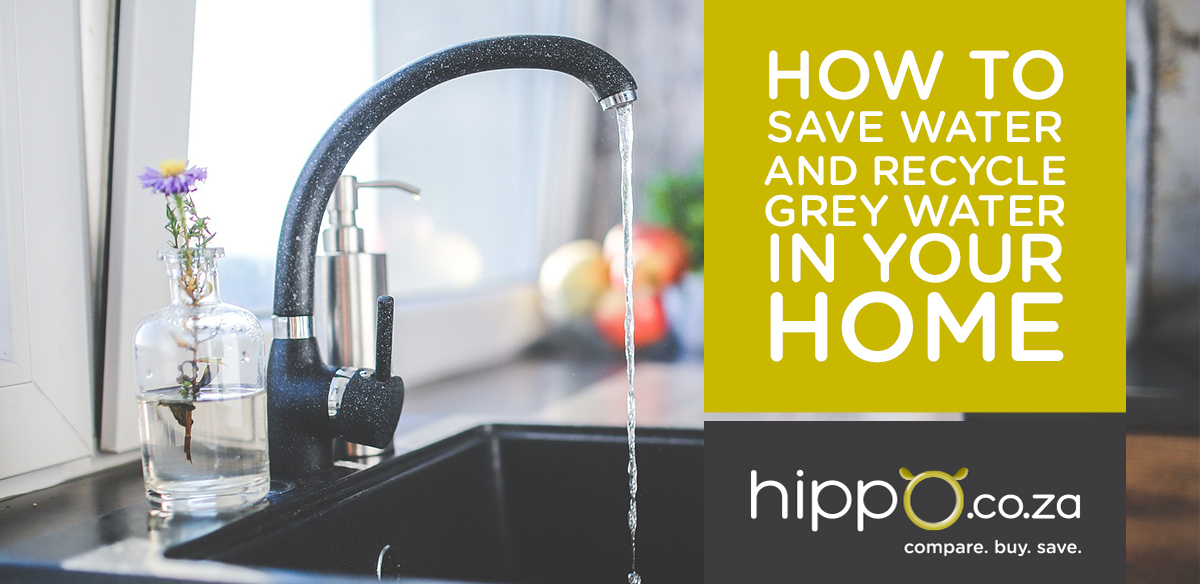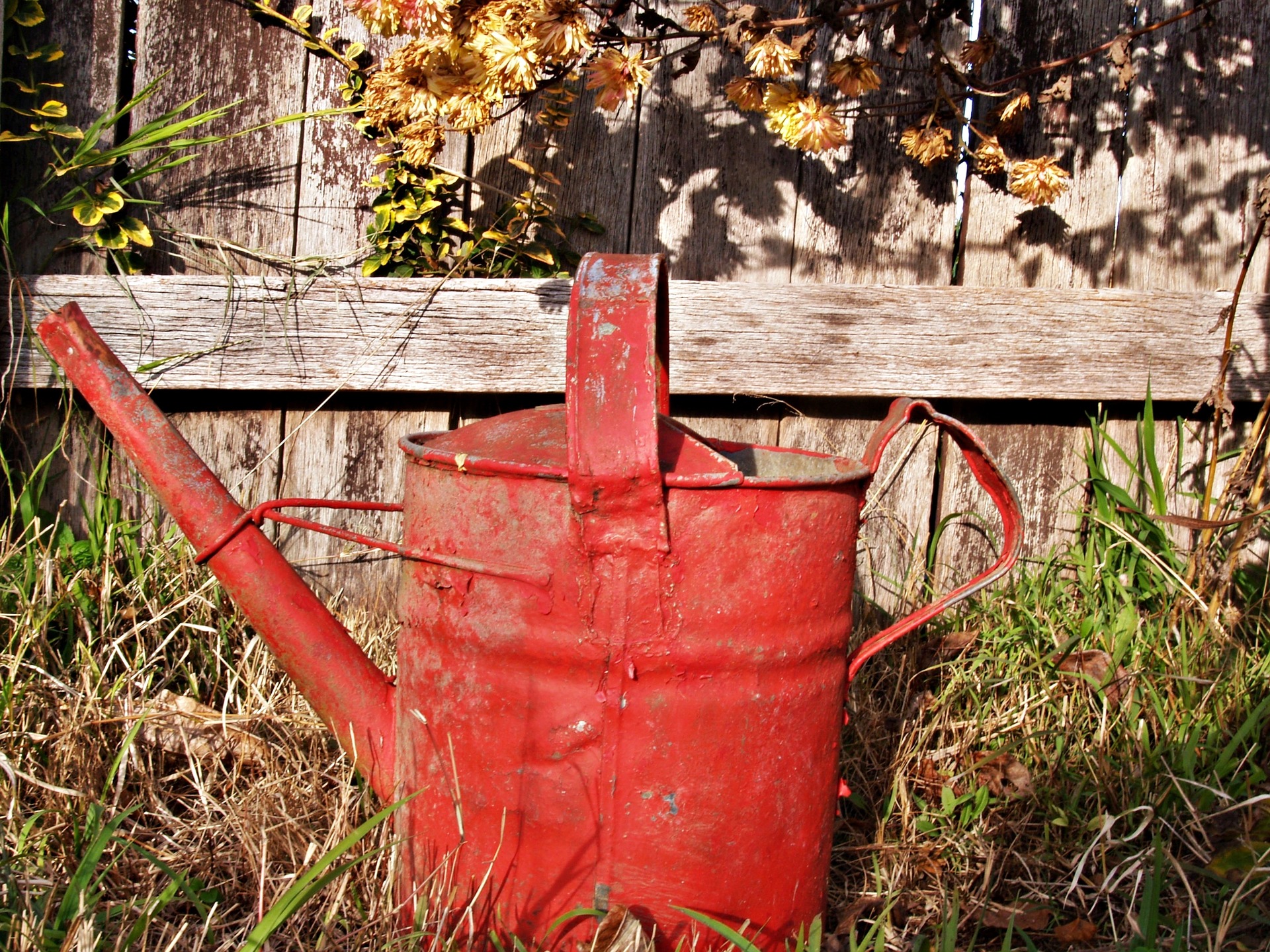How to Save Water and Recycle Grey Water in Your Home

The current drought has forced the city of Cape Town to enforce increasingly severe limitations on water usage. The Cape Town city council said it is now up to every resident to use water wisely, and urged Capetonians to bring down their water consumption even further than the 800 million litres daily target to 700 million litres, or the city may be in an even more critical water crisis.
According to Water Wise – a Rand Water campaign aimed at increasing awareness of the need to value water as a precious resource, despite current plans to increase water storage capacity through the building of new dams- it is predicted that the demand for water will exceed supply by 2025. You can be proactive and save water with the following water-wise tips such as recycling grey water in your household.
What is Grey water?
Grey water is the term given to relatively clean water from baths, showers, dishwashers and washing machines that can be reused. You can recycle grey water and make use of it in numerous ways, from watering your garden to flushing your toilets, and even washing your cars. It is not to be confused with toxic black water, which is the water flushed down your toilet.
While investing in a basic fully-installed grey water system for your home can be pricey, there are more cost-effective ways of collecting grey water. One way to do this is by placing a bucket on the floor to collect running water when you are showering. Another way is by reusing your bath water for the day, you can make use of a bucket to scoop it out from your bath and use it to flush your toilet or even to water your grass. Water Wise advises that you should try and use non-toxic detergents and chemical-free soaps to ensure your grey water is ‘garden friendly’.

We asked experts at Water Wise to give us more simple ways you can save water at home, and this is what they had to say:
- “By installing a dual-flush system for your toilet you can save up to 3 litres per flush. A normal cistern can use 12 litres per flush, while the maximum capacity of a dual-flush cistern is 9 litres. Consider installing a smaller cistern that only uses 4.5 litres per flush.
- Installing a low-flow showerhead can save you approximately 3 000 litres of water a month.
- Install a rainwater harvesting tank at home or at the office and use this water to irrigate the garden or office landscape. Every 1 m² of roof will generate 1 litre of water from 1 mm of rainfall.
- Use a cover on your swimming pool when it is not in use. This can reduce water loss through evaporation from the pool by up to 98%.
- Ensure that all leaks in the home or office are fixed. A dripping tap or invisible water leak that amounts to only a few tablespoons a minute can amount to 68 litres per day or 24 820 litres of wasted water over the year.”
With the high cost of living, you would not want to find yourself having to turn to a Personal Loan to cover your additional water expenses. Putting these water recycling and saving methods into practice is a way you can lower both your home’s water usage and cost.
Hippo Blog Categories

































